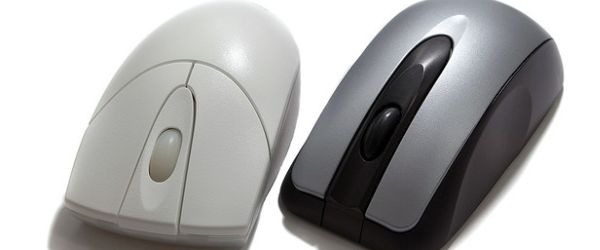Make sure your equipment is safe from curious hands
These students have likely never come across the majority of the things in your lab; your micropipette is in danger of reaching the end of its lifespan if you do not brief them on how to use it properly. Have some of the more important instructions written or projected onto a board so that students are constantly reminded of what to do and not do in your labLet students be teachers
Have some of your own students (if you have students) help out by giving them a role as a facilitator. They can help guide the students and also prevent damage of your much loved equipment. Helping with lab outreach gives your lab students an opportunity to widen their experience in the field. Some may find they enjoy it and give more thought to teaching science as an avocation.Be prepared
They may just be a group of teenagers, but you should still spend time preparing for them. Just like you would for any presentation, have the main points that you want to get across written down somewhere. It might not need to be as formal as a PowerPoint presentation, but even a page of notes makes it easier to keep on track and makes for a smoother presentation.Try to be inspirational
Liven things up and engage your audience. Encourage them to ask more questions about your work and what you do in your lab. Often a lot of encouragement is needed in order for these shy youths to open up and approach you with their questions. Mention the one thing that inspired you to get into this field, it might resonate with someone in the crowd. Sometimes a lackluster speech is the cause of your blank-faced audience so feel free to throw in some humor.Keep it simple
We can all go on about our favorite topics for hours on end. However, to keep your audience happy, you have to know what you can talk about without boring them to death or in a worst case scenario, making them feel inferior. Always keep in mind the knowledge base of the visiting students and adjust your presentations accordingly. Talking about things they understand and giving them just a little taste of what they don’t, works wonders. It inspires them to learn more and they walk away feeling enlightened rather than overwhelmed.Hands on learning
Let them try some simple protocols like gram staining or loading dark colored food dye into the gel electrophoresis wells. It doesn’t have to be complex, a protocol with visible results would do. Our lab showed the students how recombinant DNA technology can create genetic mutations with visible phenotypic results. A pre-made spread plate with E.coli with GFP (Green Fluorescent Protein) on one side and normal E.coli on the other was put on display for the students to observe.Ending smoothly
End off by having the students discuss what they have learned or hold a quick quiz with small tokens to give to the winners. This will give them time to settle down and also let them reflect on what they’ve learned while exploring your lab. Do prepare feedback forms for them to fill out before they leave so you can improve and provide a better experience for the students at your next outreach program. Have one of your students assigned as a photographer for the event and take as many good shots as possible. Publicity can help increase interest for your next outreach event and also help the students to remember your lab. Who knows? You might meet one of them again in the future but as an intern.You made it to the end—nice work! If you’re the kind of scientist who likes figuring things out without wasting half a day on trial and error, you’ll love our newsletter. Get 3 quick reads a week, packed with hard-won lab wisdom. Join FREE here.








